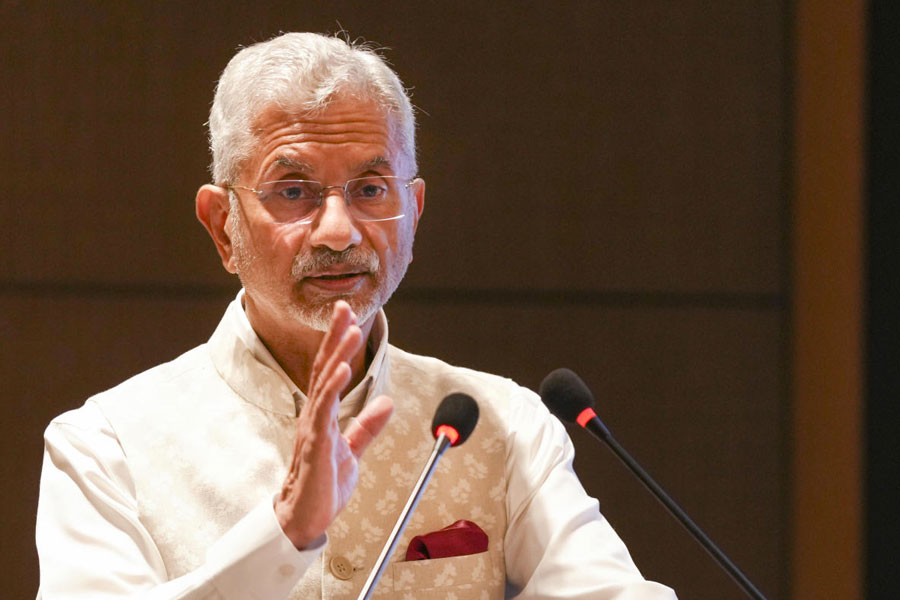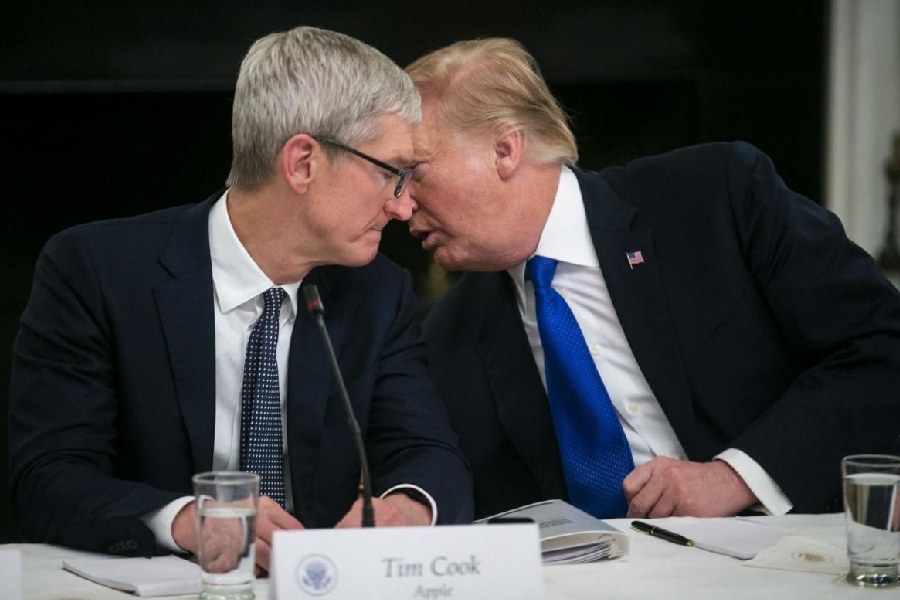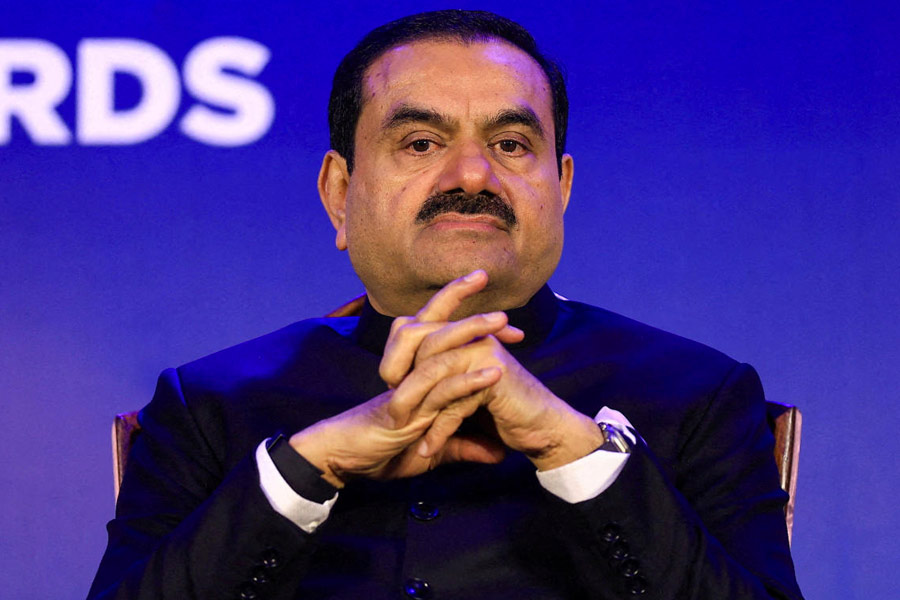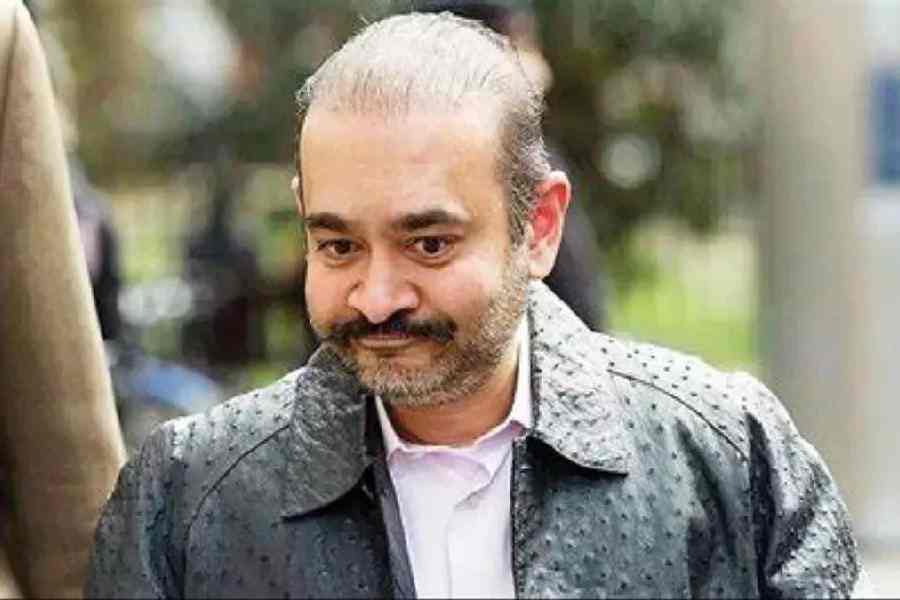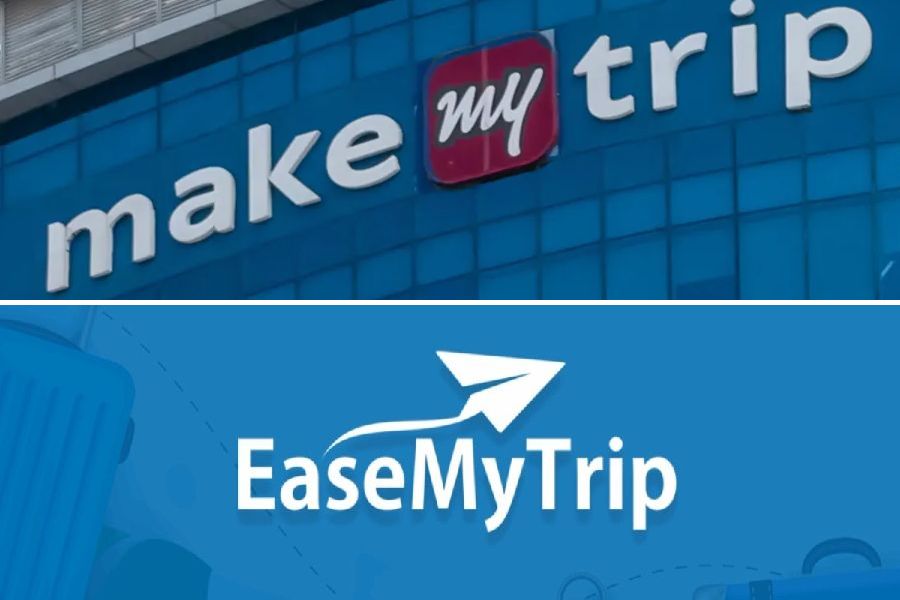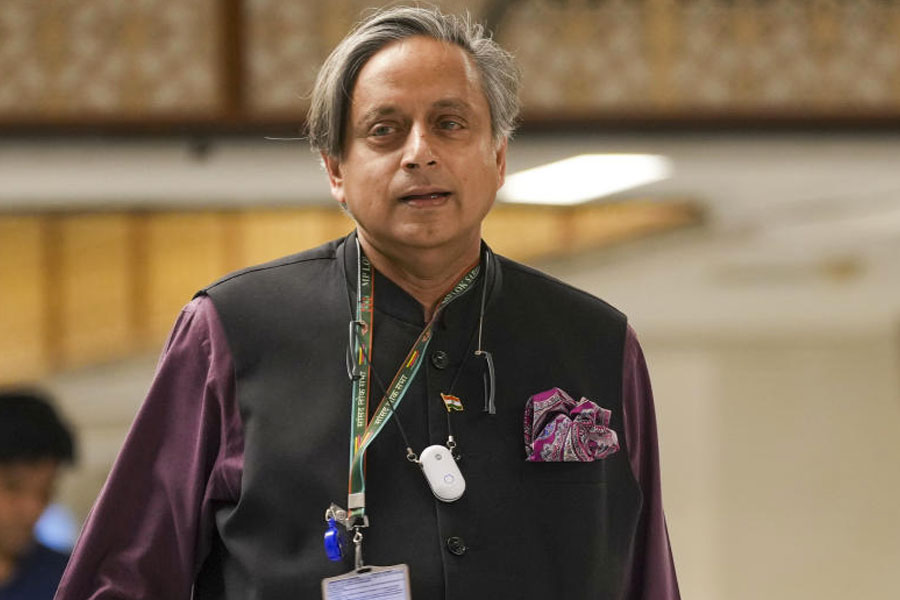 |
| Real excitement: Recreating the sensation of flying |
There’s a fire in engine two,” said Martyn, my co-pilot, as red lights flashed around the cockpit. As one engine stalled, we lurched to the right and dipped towards the suburbs of south London.
“OK, let’s shut down engine two,” said Martyn. At first I didn’t hear him. As I tried to right the plane, dials whizzed, radars flickered and the cockpit juddered. I had visions of runaway drinks trolleys in the aisles behind, screaming children, crashing luggage and sick bags filled to the brim. This was not how I had imagined my first day as a pilot would be. It was far, far better.
Welcome to the world of virtual flying. Nearly a decade ago, and with just £3,000 in the bank, James Stevenson launched Virtual Aviation after persuading British Airways to hire out its simulators at Heathrow. Then the September 11 attacks happened, and BA suspended public use of the simulators, almost crippling his business.
Five years later the company is flourishing, offering experiences on 18 of the world’s most advanced flight simulators at three British airports: Luton, Manchester and Gatwick. If you picture arcade games or amusement park rides, think again. These £10 million simulators are impressively realistic. But then they have to be. The pilots to whom we entrust our lives are trained on these machines, and reassessed on them every six months. My co-pilot, Martyn Apperly, has 30 years of flying experience and is one of the examiners.
He greeted me on arrival at Virtual Aviation’s head office at Luton airport. After handing over my passport (virtual trip or not, they want to check your credentials), I was led into one of the training rooms for a 30-minute crash course — or pre-flight briefing, as Martyn preferred to call it.
I was confronted by a cardboard mock-up of a cockpit and a mind-boggling array of switches, dials and screens. Martyn talked me through the rudiments of flying, but even the basic controls were confusing. We left the training room and entered a small aircraft hangar, where a row of white simulators towered above me like studio flats on stilts.
Virtual Aviation receives half of all its bookings in December. But before you dream of a flight Christmas, getting behind the controls does not come cheap: prices range from £250 for a one-hour session to £2,000 for half a day. I was assigned to the 737 Next Generation: one of the most advanced flight simulators in the world. A wraparound video screen covered the windshield; the touch of a button could recreate a three-dimensional view of almost any airport or approach, change the weather from brilliant sunshine and desert sandstorms to buffeting winds and snow blizzards, and faithfully recreate the sensation of flying. As we taxied down the runway, my nerves were jangling. The commotion, the motion and my emotions all felt real. That’s what £10 million can buy.
It was time for take-off. My heartbeat quickened as this 60-ton plane picked up speed, pinning my neck back against the headrest. In all the excitement I forgot to steer with my feet (direction on the runway is governed by two pedals, not the wheel). We slid left, then right, before finally I managed to keep us on the straight and narrow. Then, on Martyn’s signal, I pulled back the stick and Luton fell away below us.
“OK, I’m easing back the flaps, speed is fine, we’re heading on a bearing of...” Martyn’s voice drifted away as a grin spread across my face. I am flying, I am flying. After 15 minutes I got the hang of keeping the plane at the centre of the cross on the screen, at the intersection of the flight line (vertical) and altitude (horizontal).
But landing was a different matter. After a couple of practice take-offs, we made a virtual dash over the Atlantic to New York. In the dusk, the runway, at first just a speck on the horizon, approached far quicker than I had expected. At speeds of 600mph, even the slightest misjudgement is amplified. We performed a passable impersonation of Skippy the Kangaroo as we bounced down the JFK runway.
My confidence was growing. “Where now?” Martyn asked. “How about taking off in the snow?” I nodded excitedly. “Zurich in winter it is, then.” With ice on the runway and a blanket of cloud, I was cautious, but thanks to excellent foot control (well, I kept us on the tarmac) we were airborne again. We quickly rose until we emerged in brilliant sunshine above cotton-wool clouds.
Back in virtual reality, we were heading for a mid-air collision. Martyn switched off the autopilot and coaxed me through adjusting our speed and altitude. We climbed rapidly, before falling back to cruising altitude when the coast was clear. Panic over. But it took a lengthy tailback on the M25 on the way home to really bring me back down to earth.
Need to know
Money matters: Shared Flight Simulator Experiences cost from £244. Exclusive Experiences (for up to three people) cost from £594, for an hour. Last-minute offers are also available. Gift vouchers are redeemable at Gatwick, Luton or Manchester. Participants must be 12 or more and have a valid passport (0870 350 0747, www.virtualaviation.co.uk ).


